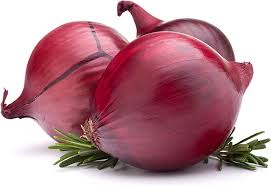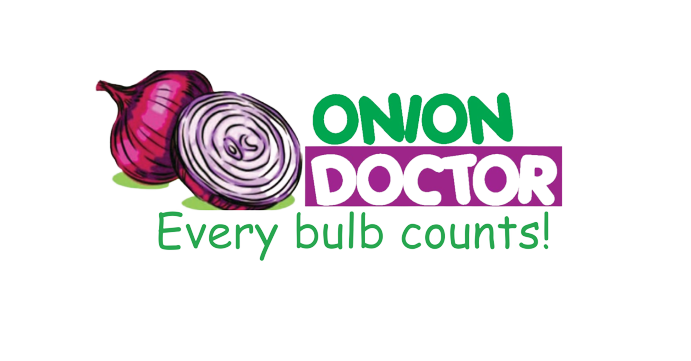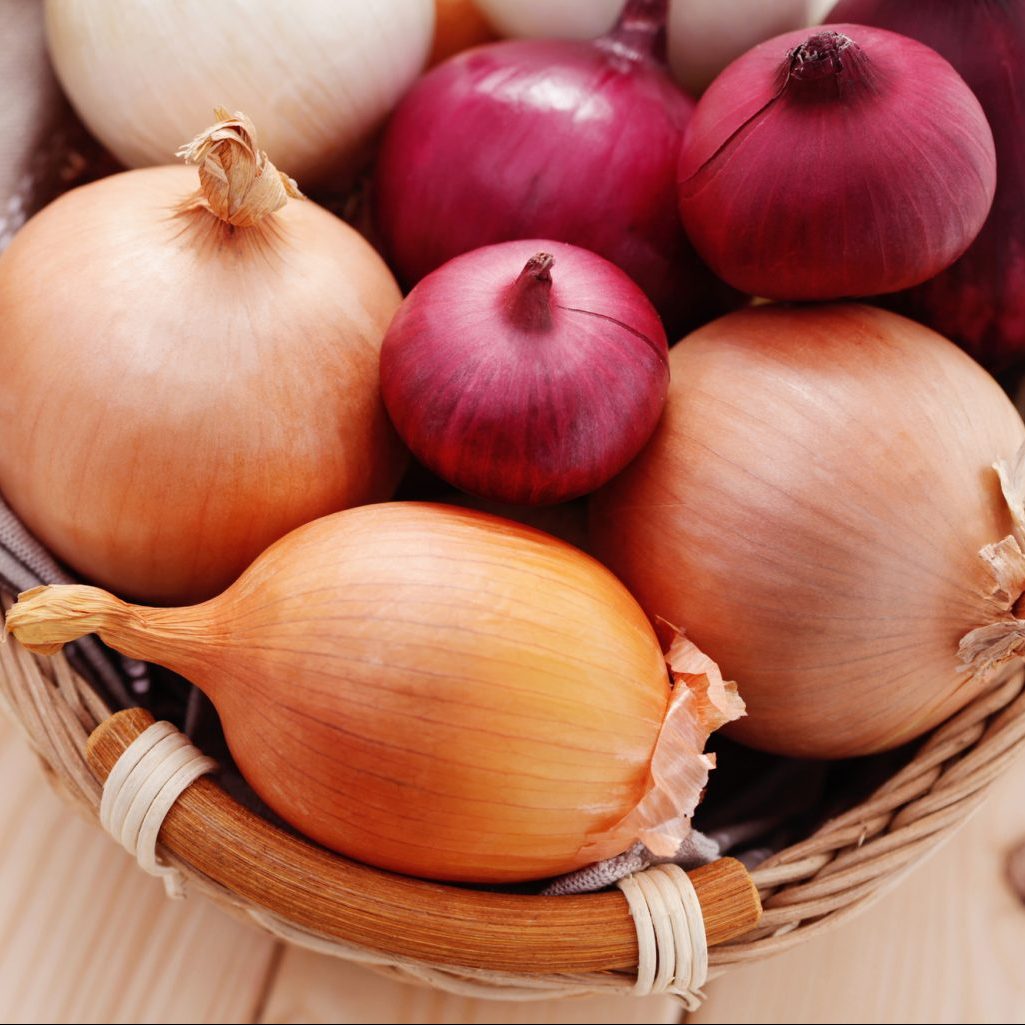Mastering Onion Farming in Kenya: A Comprehensive Guide from Planting to Harvest

Are you in need of in-depth knowledge on onion and garlic production? If yes, we are a call away. Our service chatter includes: Onion seedlings, Garlic seedlings, Farm planning services, Soil testing, Drip irrigation installation and maintenance, Agronomic support, Onion and Garlic value pack and Farm management. For free consultation, placing orders or booking a visit with an agronomist, please contact us via Call or what’s app +254703982228, Email: Info@oniondoctor.co.ke.
Embark on a journey of successful onion farming with these tips on planting, growing, and harvesting onions in your garden. Whether you choose seeds, sets, or seedlings, this guide, equips you with the knowledge for a flourishing onion garden in Kenya.
Seeds, Sets, or Seedlings? Understanding the Difference
Seeds: Require the most time to yield an onion crop. Start indoors 10 weeks before the last average frost date. Separation of seedlings is necessary at planting time.
Sets: Mini onion bulbs planted half-an-inch deep. Commonly used, but bulbs may not grow as large. Sets are predisposed to flowering and more susceptible to disease.
Seedlings: Resemble tiny green onions and ready to form bulbs. Can be purchased at local garden centers or online from onion farmers. In their first year of growth, making them ideal for bulb formation.
Preparing Your Soil for Successful Onion Growth
Soil Preparation: Choose a sunny spot with loose, crumbly soil high in organic matter. Enrich the soil with compost or composted manure to boost nutrients. Opt for mounded rows or raised beds (4 inches high) for optimal growth.
Planting Onions: Tips for Onion Transplants
Planting Techniques: Tuck onions into the garden 4 to 6 weeks. Plant onion sets 1/2-inch deep; seedlings, 1 inch deep. Avoid planting too deeply to ensure proper bulb formation.
Spacing Guidelines: Plant onion seedlings with the diameter of a pencil for the best bulbs. Maintain 4-inch spacing for bulbs and 2-inch spacing for green onions.
Pull Weeds: Ripe Onions In Raised Bed Clear all weeds prior to planting and keep them removed during the growing season. If you use mulch to help suppress weeds, pull it back from the onions as bulbs start to form.
Wait for the Harvest: When onions are ready to harvest, the green tops turn brown and fall over. On a sunny day, pull onions early in the morning. Let them lay on the growing bed in the sun for two to three days. Cover the bulbs with the tops of another onion to prevent sunscald. Don't let bulbs get wet at this point. Dew is okay; rain is not.
Cure the Crop: A properly cured onion stores the longest. Curing means the onion has dried thoroughly from the neck (where the stem meets the bulb) to the bulb surface. The onion skin becomes dry and papery. When tops are completely dry, they should pull right off the bulb. After curing your onions outdoors for a few days, move them indoors to a spot where they're protected from weather and have good air flow. Lay them on screens to finish drying. When bulbs are completely dry, clip roots and either clip or braid tops.
Onion Doctor supports small holder farmers across Africa with quality and affordable Onion and Garlic seedlings, Onion seedlings, Farm planning services, Soil testing, Drip irrigation installation and maintenance, Agronomic support, Onion and Garlic value pack, Farm management, E-extension and on-farm training for farmers to optimize on yields and get maximum profits.

